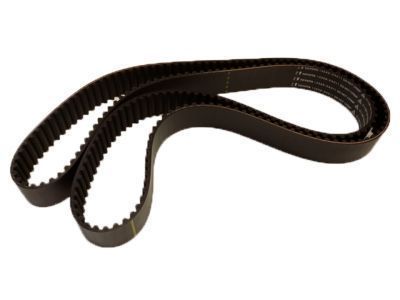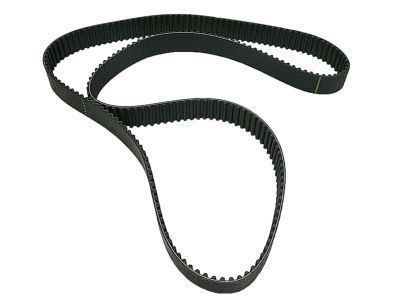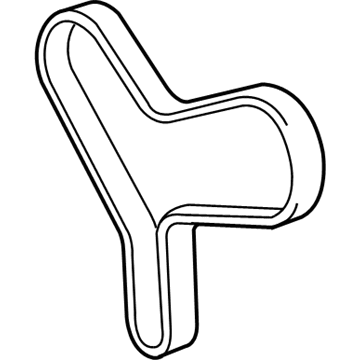×
ToyotaParts- Hello
- Login or Register
- Quick Links
- Live Chat
- Track Order
- Parts Availability
- RMA
- Help Center
- Contact Us
- Shop for
- Toyota Parts
- Scion Parts
My Garage
My Account
Cart
OEM 2000 Toyota Avalon Timing Belt
Engine Timing Belt- Select Vehicle by Model
- Select Vehicle by VIN
Select Vehicle by Model
orMake
Model
Year
Select Vehicle by VIN
For the most accurate results, select vehicle by your VIN (Vehicle Identification Number).
1 Timing Belt found

2000 Toyota Avalon Timing Belt
Part Number: 13568-09080$60.54 MSRP: $84.98You Save: $24.44 (29%)Ships in 1-2 Business DaysProduct Specifications- Other Name: Belt, Timing; Engine Timing Belt; Timing Belt Kit
- Replaces: 13568-09050
- Part Name Code: 13568
- Item Weight: 1.00 Pounds
- Item Dimensions: 14.0 x 12.1 x 2.1 inches
- Condition: New
- Fitment Type: Direct Replacement
- SKU: 13568-09080
- Warranty: This genuine part is guaranteed by Toyota's factory warranty.
2000 Toyota Avalon Timing Belt
Looking for affordable OEM 2000 Toyota Avalon Timing Belt? Explore our comprehensive catalogue of genuine 2000 Toyota Avalon Timing Belt. All our parts are covered by the manufacturer's warranty. Plus, our straightforward return policy and speedy delivery service ensure an unparalleled shopping experience. We look forward to your visit!
2000 Toyota Avalon Timing Belt Parts Q&A
- Q: How to remove and install the timing belt on 2000 Toyota Avalon?A: The timing belt can be removed by removing the right front wheel, fender apron seal and other engine parts. Take out the crankshaft pulley, the timing belt covers, and pulleys, with special tools. Check the timing belt and idler pulleys and re-fit parts, correctly aligned and tightened, and perform a road test.














